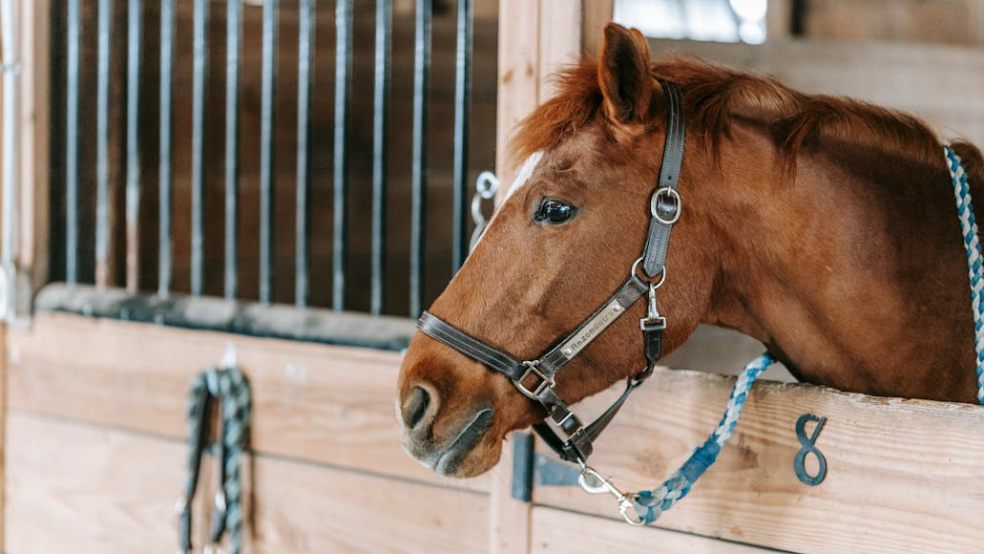
The Unsung Workers Away From the Turf: Grooms, Farriers and Feed Merchants
Jockeys, trainers and horses receive the main headlines throughout the media and the horse racing industry. But behind every winner at Cheltenham or Ascot is a dedicated team of professionals whose names rarely appear anywhere near a racecard. These are the grooms, farriers and feed merchants – the unsung workers away from the turf – whose expertise and hard graft form the backbone of the entire landscape.
Without them, racehorses wouldn't be prepared to reach the starting line, let alone the winner's enclosure. Their work is as vital as it is demanding, combining traditional skills with modern science, all in service of the sport they help bring to life.
Grooms: The Stable Lifeline
If the racing yard is the heart of any operation, then the grooms are its beating pulse. Often the first to arrive and the last to leave, grooms are responsible for the daily care and well-being of each horse, and their bond with the animals runs deep.
A groom's day typically begins long before sunrise. Mucking out, feeding, grooming, exercising and checking for signs of injury or illness are just a few of the tasks performed every morning. It's physically demanding work, and it requires knowledge, patience and intuition. A good groom can spot the subtlest changes in a horse's behaviour – the sort of signs that can make the difference between a strong run and a scratched entry.
While trainers often receive the plaudits, many will tell you that it's the grooms who know the horses best. These are the people who plait manes, clean tack, and walk the horses in hand after a race. It's no surprise that when a horse wins, the groom is often seen leading it in with pride, soaking wet and mud-splattered, but beaming.
Farriers: The Craft of the Forge
A racehorse's hooves are quite literally its foundation – and that's where the farrier comes in. Responsible for shoeing and maintaining the feet of horses, farriers are part blacksmith, part veterinarian, and part biomechanics expert. Their work is essential for the performance and health of every horse at a yard.
Shoeing a horse for racing is no ordinary task. It requires precision, experience and a deep understanding of equine anatomy. Racehorses, in particular, need lightweight aluminium shoes fitted to exacting standards – every millimetre counts when it comes to comfort and efficiency. A poorly shod horse risks injury, imbalance or even breakdown.
The farrier's role doesn't end at shoeing. They often consult with vets and trainers to develop corrective plans for horses with conformation issues or injuries. Their ability to assess movement and adjust angles makes them a crucial part of the wider performance team.
Though rarely seen by the public, the farrier's forge – often set up just yards from the stables – is one of the most important spaces on any racecourse or training yard.
Feed Merchants: Nutrition Behind the Speed
Another vital link in the racing chain is the feed merchant – a role that has undergone considerable evolution in recent decades. Today's racehorse diets are carefully formulated, blending tradition with sports science to ensure horses have the right balance of energy, protein, fibre, vitamins and minerals.
Feed merchants work closely with trainers, vets and nutritionists to supply tailored feed solutions for each horse. Some horses may need extra energy for sprint distances; others might require slow-release carbohydrates to sustain stamina. Digestive health, muscle recovery and even mental focus are all considered when planning a horse's diet.
The best feed merchants go beyond simply delivering bags of oats and pellets. They're experts in their field, constantly updating their knowledge as research into equine nutrition evolves. Feeding is no casual affair with racehorses worth thousands – even millions – of pounds. Each scoop matters.
Shared Dedication, Shared Rewards
What unites these roles is an unshakeable passion for horses and racing. The hours are long, the conditions are often tough, and the recognition is limited. Yet grooms, farriers and feed merchants keep coming back – not for glory, but for the love of the animal and the thrill of the sport.
Racegoers may see a two-minute burst of adrenaline on the track, but it's these workers who put in the months of care, maintenance and preparation behind each performance. Many grooms travel with horses, even overseas, to ensure they are settled and cared for wherever they run. Farriers are on call for emergencies, and feed merchants are constantly adjusting supplies based on weather, workloads and form.
And while fans might be drawn in by a dramatic photo finish, or keeping an eye open for a free bet from a bookmaker, the real groundwork is laid far earlier – in the stables, at the anvil, and along the feed route.
Recognising the People Behind the Sport
Thankfully, the contribution of these unsung heroes is gradually gaining more recognition. Award ceremonies, such as the Godolphin Stud and Stable Staff Awards, celebrate the outstanding work of groomers and stable staff across the country, highlighting the individuals who make the racing industry thrive.
Equally, greater attention is being paid to wellbeing in the industry. Training, mental health support and career development programmes are now more widely available, recognising that looking after the people who care for the horses is just as important as looking after the horses themselves.
The Final Word
As the thundering hooves cross the finish line, spare a thought for those behind the scenes. The grooms who walked the horse out under grey skies at dawn, the farriers who toiled over every shoe, and the feed merchants who planned every last feed.
They may not lift trophies or give post-race interviews, but racing wouldn't exist without them.













